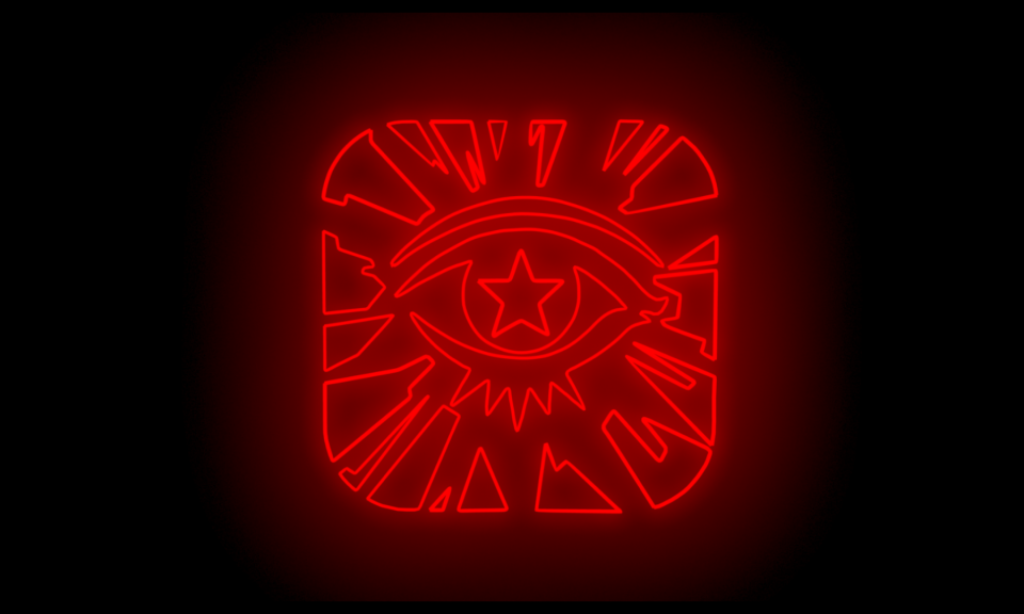Kelvin taught us two different ways of rigging up our characters. Placing the points manually to make a skeleton and connecting them by hand, or by using the quick rig system which I ended up doing.

After getting the skeleton working, I began trying to apply the Mocap data supplied by Billy during one of the in-person classes to the rig.
This caused problem after problem.
To start, I was initially trying to apply the mocap animation to my handmade skeleton. This failed to work multiple times until Kelvin suggested the use of a quick rig.
Then, multiple parts of the model began failing due to weight paints affecting them. The staff and the scarf were the two biggest issues regarding this.

At this stage of my project, I was reliant on a lot of help from Kelvin. After sending over my file, he was able to get the scarf working, and came up with an idea of separating the staff section of the model to make it its own poly, and then attach it to a point on the rig. Not only did this work for the staff, I was also able to apply it to the scarf section as well, and get the animation looking tolerable to begin with.
From there I needed to tweak the mocap data a bit to remove points where the model had heavy clipping and also try to alter it as best I could to fit the image I had for what the animation was supposed to look like. Once altered, and rendered out, this was the final result of my hard work.

The animation portrays the character calling out for anyone nearby, and when they realise no one is nearby, they become sad.
